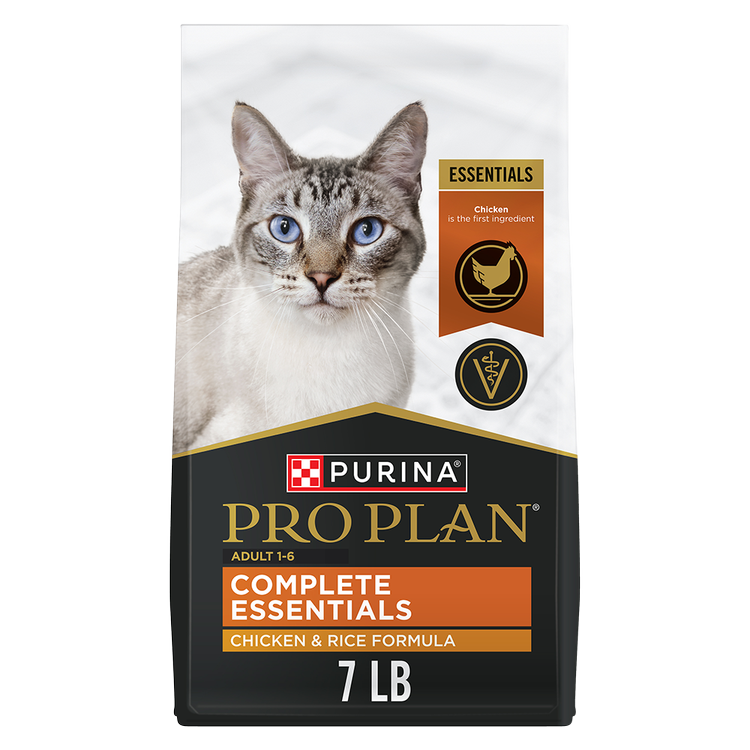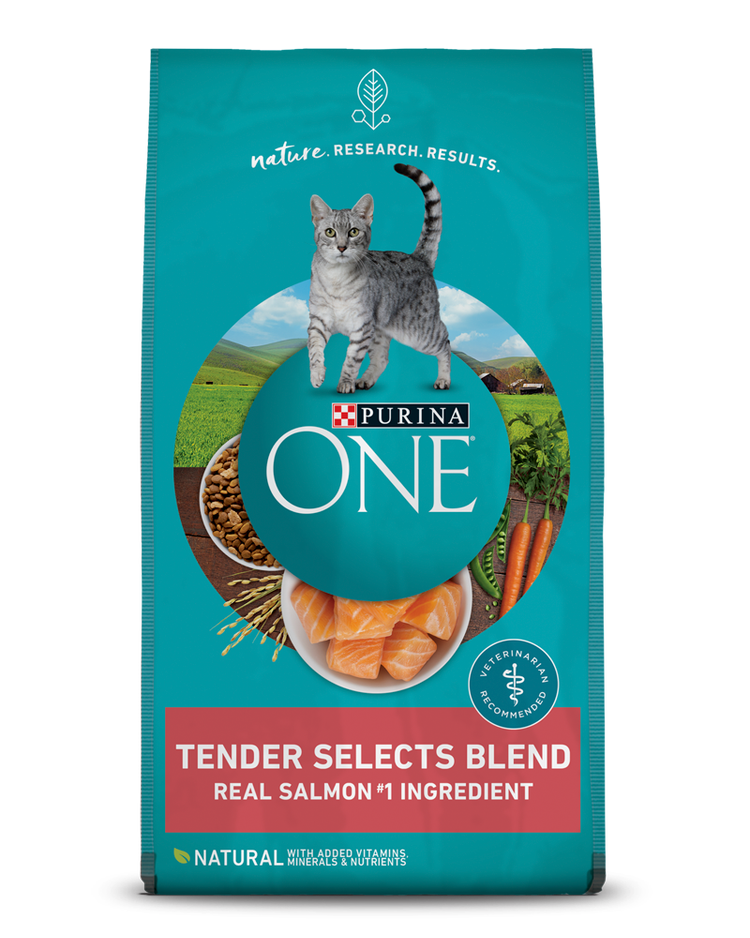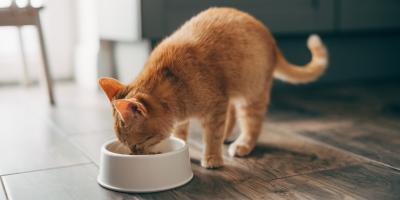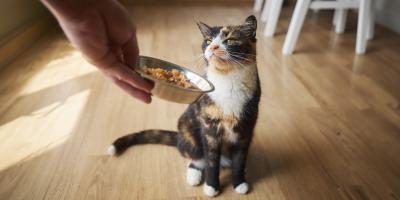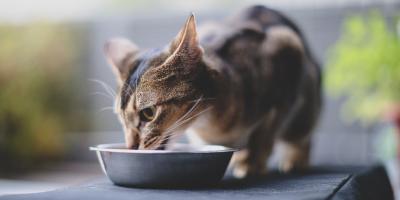How to Feed Multiple Cats

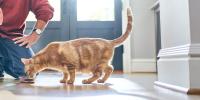
It is estimated that more than half of cat owners have more than one cat. If you share your home with two or more cats, you know that feeding multiple cats at mealtime can come with challenges. That’s why it’s important to know not just how to feed a cat properly, but how to feed more than one.
However, the process of feeding two cats at the same time, or multiple cats, can be successfully and safely managed.
Why Should You Feed Your Cats Separately?
Serving your cats in their own separate feeding bowls, or giving them their own individual feeding spaces, can do more than make them feel special. It can also help to support their health and safety in two ways:
Preventing Food Aggression in Cats
When it comes to feline aggression, the “ounce of prevention” approach can help maintain harmony in a multi-cat household. Where feeding is concerned, this can be accomplished, or at least aided, by giving each cat their own feeding dish or feeding area.
Competition over shared feeding bowls can lead to a cat guarding food, or even cats fighting over food. If this aggression goes unchecked, it can lead to stress issues including cats injuring one another, spraying to mark territory, hiding, refusing to eat and even more extreme, becoming ill.
Giving cats their own spaces to claim, beyond individual feeding dishes, is also a positive step to encourage stress-free cohabitation even when food is not involved.
Making Sure Each Cat Gets the Nutrition They Need
There are a number of nutrition-related reasons to feed your cats from separate bowls, or in separate areas, including:
- Your cats require different lifestage diets
- One of your cats has a diet prescribed or recommended by your veterinarian for a specific health-related issue
- One of your cats is a picky or slow eater
- One of your cats is a fast or aggressive eater
If each of your cats needs individual, targeted nutrition provided by a quality kitten food, adult cat food or senior cat food, or a veterinarian prescribed or recommended diet, those foods need to be served separately.
The same solution applies if your cats eat at different speeds, or if you have one cat who is more aggressive about eating than the other. Without separate feeding bowls and/or spaces, one cat can wind up overeating and gaining too much weight, while the other will suffer from a lack of nutrition.
How to Feed Two Cats
To keep harmony in your household and help keep both of your cats healthy and stress free, it’s important to know how to feed two cats separately, or how to feed two cats when one overeats.
Here’s some guidance on stress-free multiple-cat feeding, or how to stop a cat from eating other cats’ food.
- Monitor the situation. Watch for signs that your cats are feeling stressed at mealtime. Look for anxious behaviors such as vigilant looking around, ears flattened or sideways from the head or approaching food with caution. If you know which cat is dominant and which is more submissive, make sure that one cat doesn’t assert command over a feeding area, making the other cat feel nervous about eating.
- Creating separate feeding spaces. Feeding multiple cats can be accomplished with a multiple cat feeding station, or a separate area with food and water for each cat. Feeding areas can be created by simply placing each cat’s food and water bowls at a distance from each other. In some cases, visual distancing might also be needed so that cats don’t see each other while they eat. This may involve feeding each cat in a separate room or placing bowls in areas of different heights.
- Create separate feeding times. For cats who like to eat on different schedules, another way to create separation is through an electronic feeding bowl that can be programmed to dispense food at different times. Or a dispenser feeder that utilizes individual microchips attached to each cat’s collar, which signal food to be dispensed upon approach.
- Satisfying hunting instincts through puzzle feeders. Cats who display a need to hunt and search for food, or anxiety around mealtime can benefit from puzzle feeders. Portioning food in small meals at different times during the day can also help satisfy their instinctual needs and help alleviate stress.
Make Mealtime a Less Stressful Time
Feeding two or more cats is possible, provided you’re willing to see things from your cats’ perspective and manage the situation accordingly. With some extra care and maybe a bit of creativity, as well, you can ensure that each of your cats gets the nutrition they need from their meals, as well as a more peaceful environment to enjoy them in.
For more expert tips on feeding your cat, explore our other cat feeding articles.
Related articles
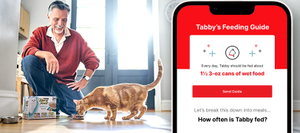
Customize Your Pet’s Nutrition
Get a personalized feeding guide for your dog or cat from Purina’s nutrition experts.


